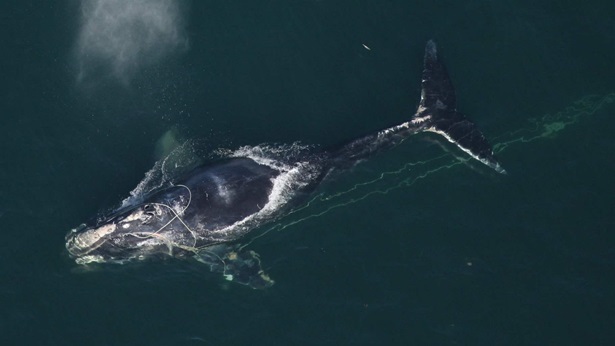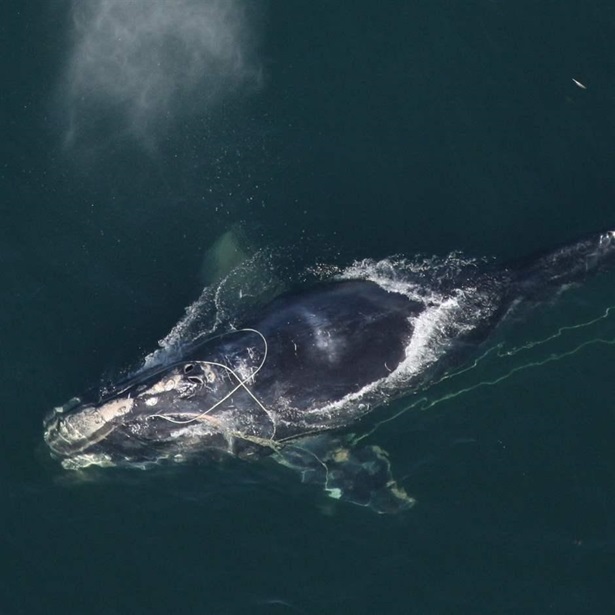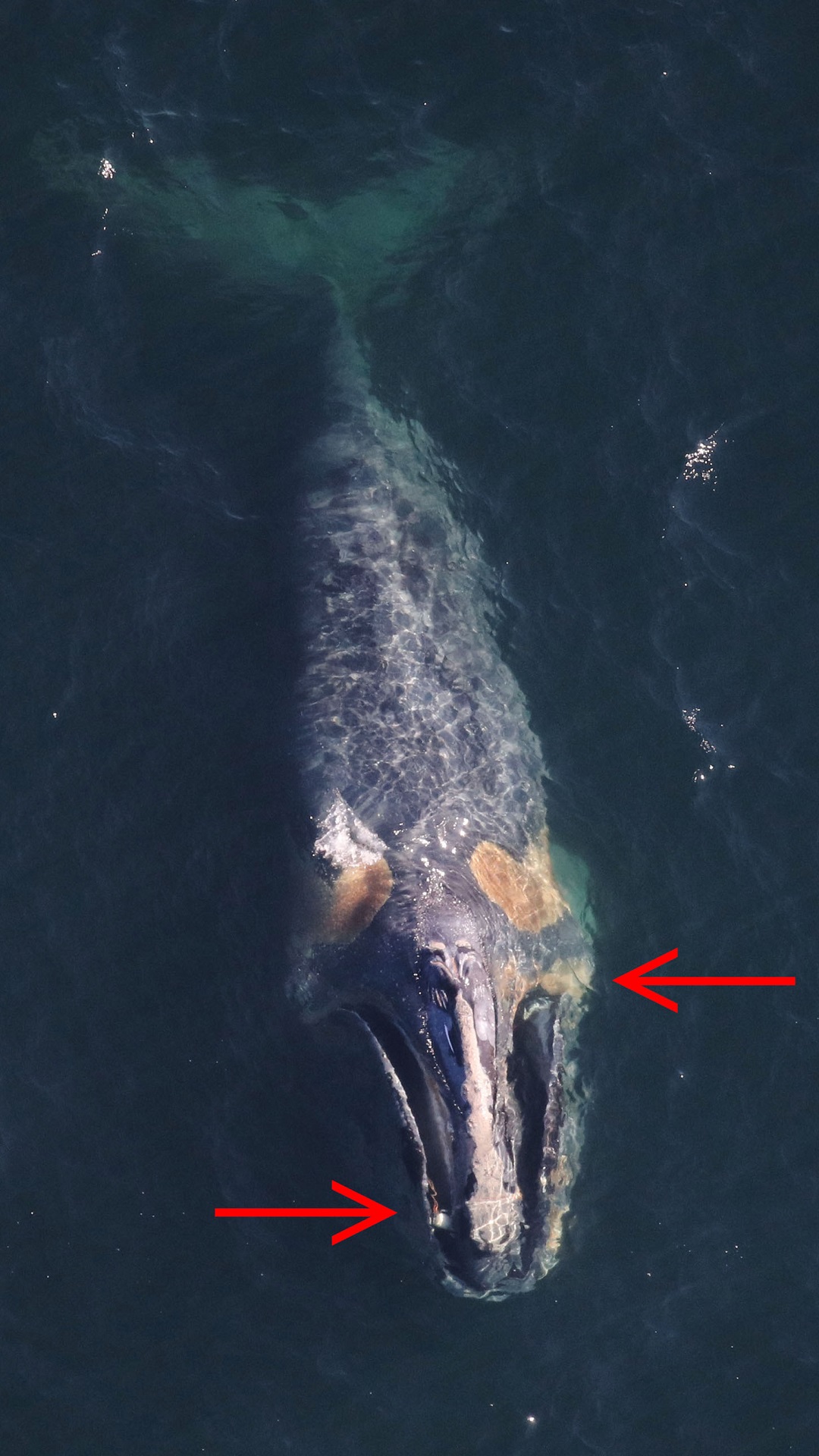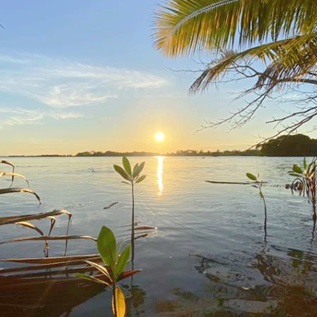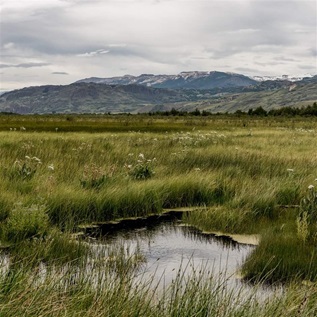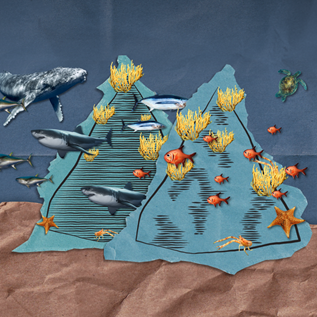Latest Right Whale Entanglement in Fishing Gear Shows Urgent Need to Protect Species
With population dwindling off the East Coast, NOAA should take swift action
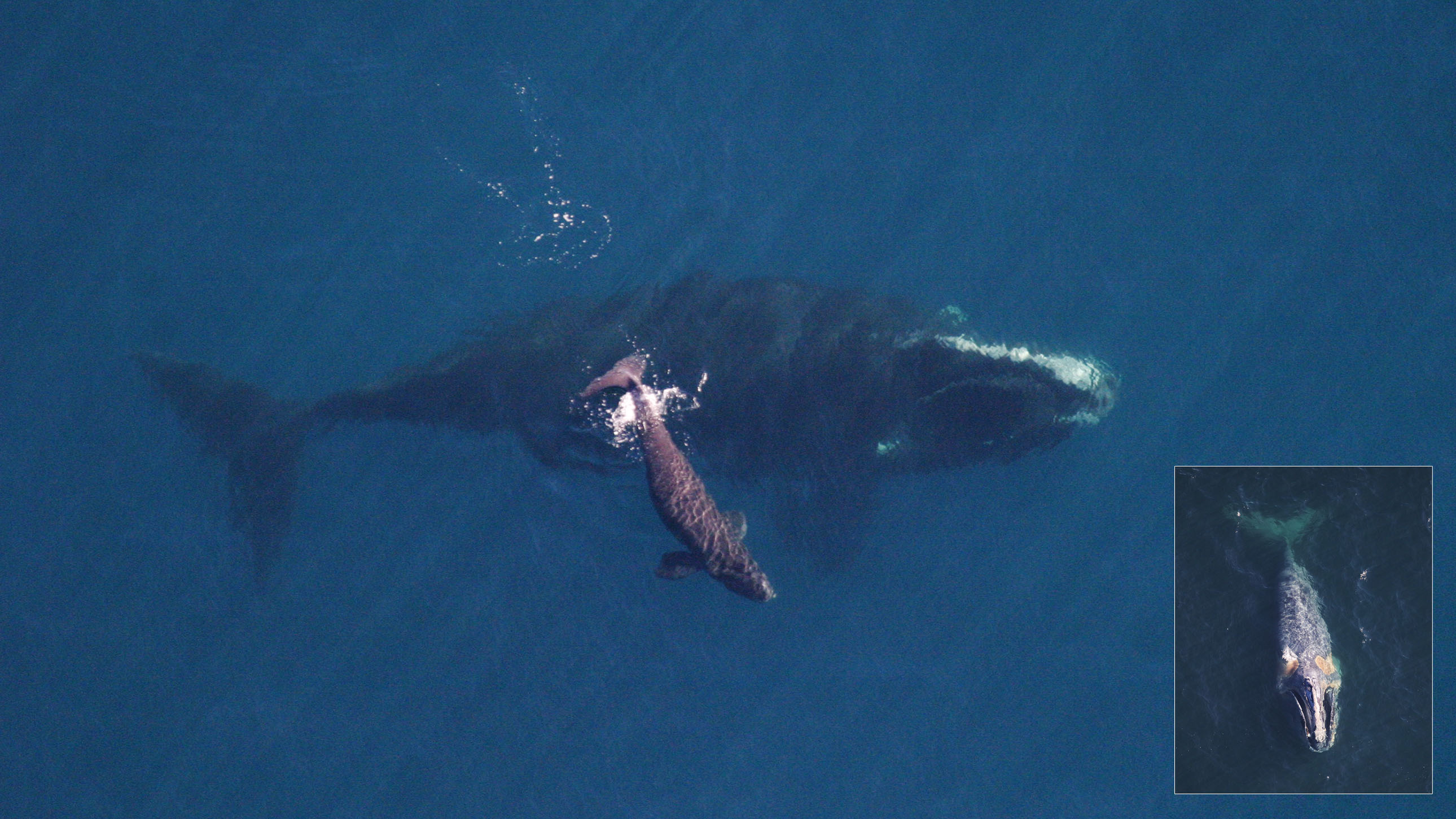
In late February, scientists undertaking an aerial survey sighted a female right whale entangled in rope-and-buoy fishing gear south of Martha’s Vineyard and the island of Nantucket, Massachusetts. Scientists say the entanglement is affecting the whale’s ability to eat and that it is unlikely to survive.
This story is emblematic of the crisis right whales are facing. In the past year, 10 North Atlantic right whales have been found dead—from ship strikes or entanglement in the ropes and buoys used in lobster and crab fishing—off the East Coast of the United States and Canada. The population of North Atlantic right whales is dangerously low: Fewer than 400 remain, and fewer than 100 of them are breeding-age females that can contribute new members to the population. Right whales migrate in both U.S. and Canadian waters, but so far only Canada has taken swift action designed to reduce the risk of right whales dying from entanglement.
On Feb. 27, the Canadian government issued new rules to protect right whales from entanglements, including through season-long fishing closures in areas where whales aggregate in the Gulf of St. Lawrence, expansion of temporary fishing closure areas into the Bay of Fundy, and new gear marking requirements. Those rules take effect in April. The government also announced it will work with the fishing industry to phase in other gear modifications starting in 2021.
But the United States hasn’t acted since 2014, and the regulations it adopted then to protect right whales from entanglement clearly aren’t adequate. The National Oceanic and Atmospheric Administration’s Fisheries Service (NOAA Fisheries) has repeatedly delayed updating the measures, and the current timeline is for rules to be proposed in late summer. Given the rule-making process, the regulations—if they are approved—would not be in effect on the water until 2022 or later.
As we have written before, right whales cannot afford to wait. While NOAA Fisheries develops longer-term regulations, it can quickly close certain areas to lobster fishing when right whales are present. The agency should take that step now.
Peter Baker is a project director and Katharine Deuel is an officer with The Pew Charitable Trusts’ campaign to protect Atlantic Ocean marine life off the U.S. and Canada.
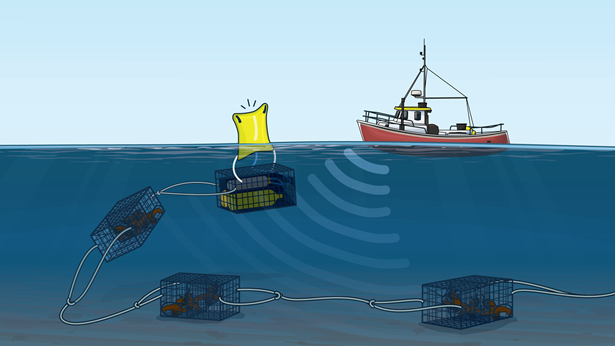
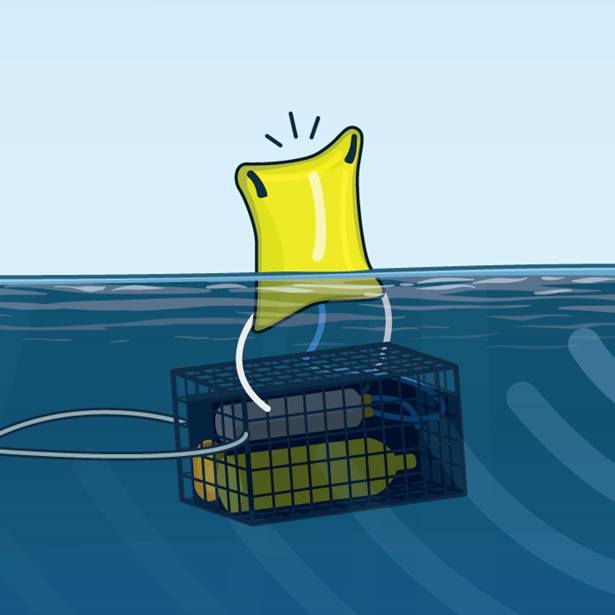
Ropeless Fishing Systems Offer Solutions
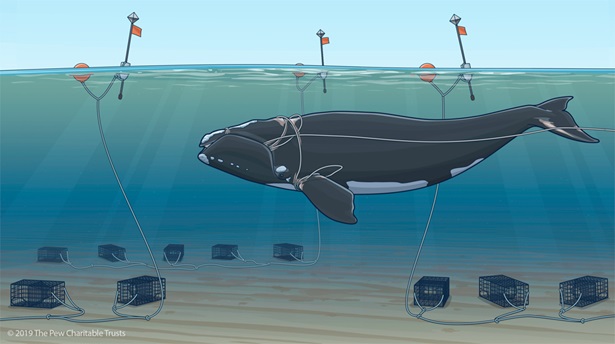
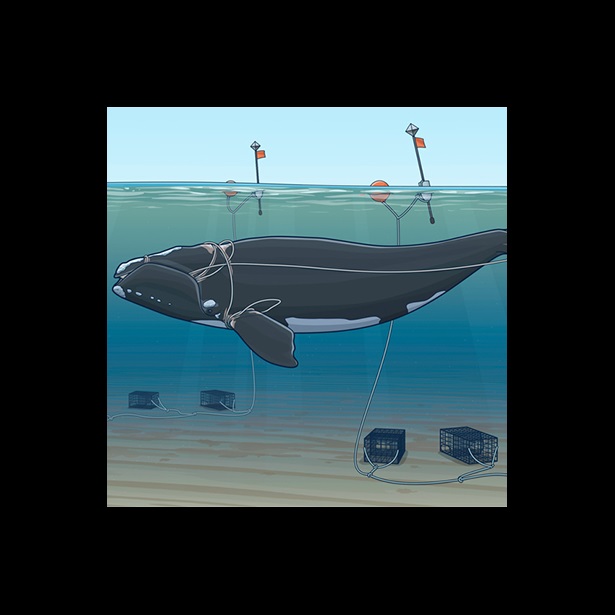
North Atlantic Right Whales, Dying from Entanglements, Cannot Afford to Wait
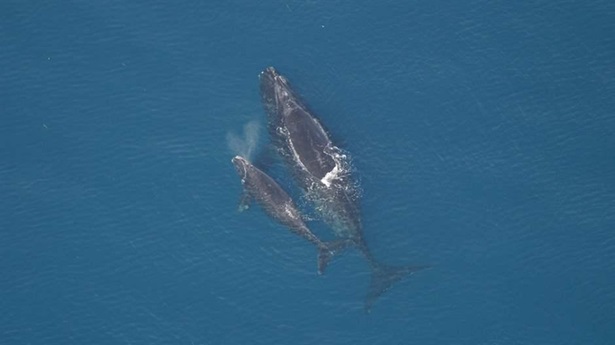
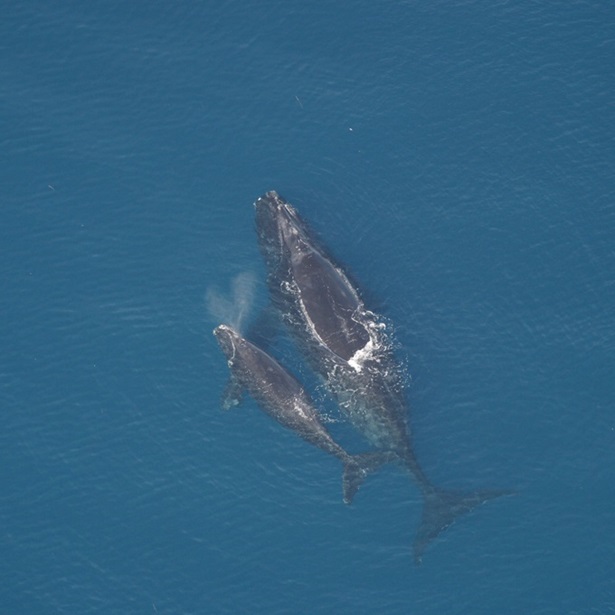
Saving Endangered Right Whale Demands New Approach
